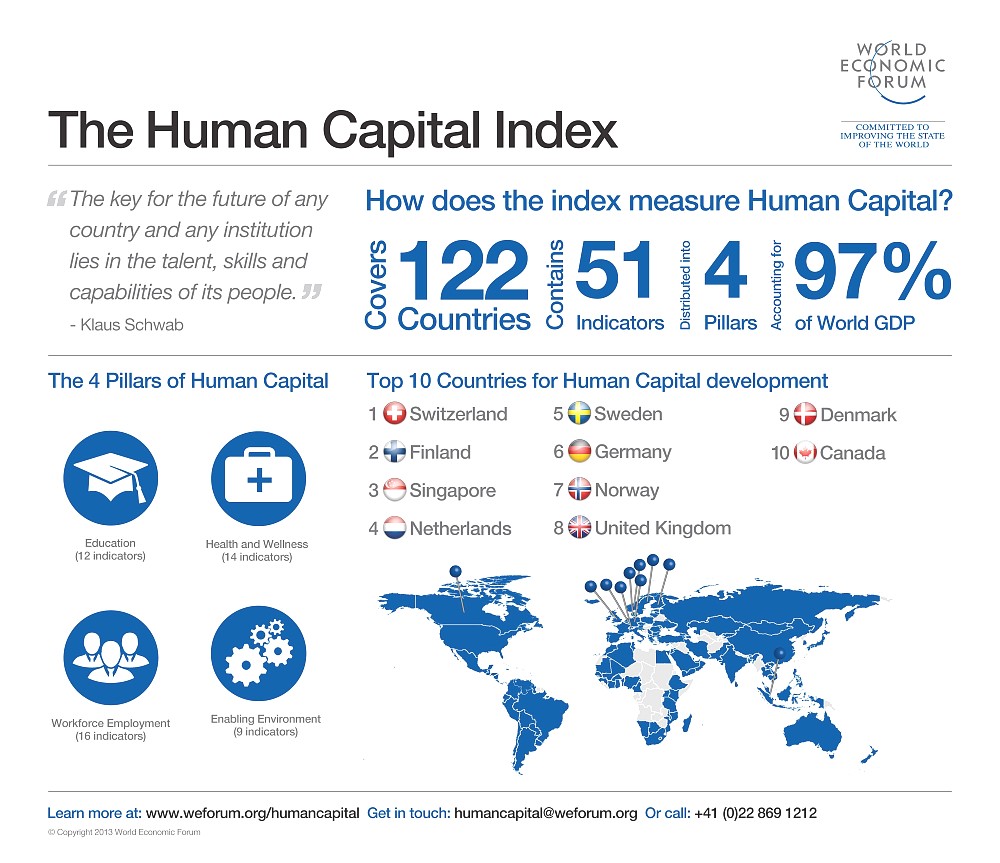TANZANIA has outshone some of its East African Community (EAC) neighbours in the Human Capital Index released in Indonesia last week.
The country posted a 0.40 score in the World Bank’s first edition index which ranks 157 global countries based on their education and health outcomes and the impact they are having on productivity.
The East African nation comes second after Kenya which registered a score of 0.52 in the survey which also aggregates data from four indicators, including under fives mortality rates, expected learning adjusted years of school, adult survival rates, and stunting rates.
According to the index, 95 out of 100 children born in Tanzania now survive to see their fifth birthday. Similarly, a Tanzanian child who starts school at age four can expect to complete 7.8 years of school by his or her 18th birthday.
The index indicates that Tanzania has improved in Adult Survival Rate, whereby 79 per cent of 15-year olds will survive until 60 years across the country.
“This statistic is a proxy for the range of fatal and nonfatal health outcomes that a child born today would experience as an adult under current conditions,” said the index.
Worth noting is how Tanzania fared in the area of health, particularly tackling malnutrition. According to the index, the country has posted a sharp drop in childhood stunting. “Sixty six out of 100 children are not stunted while 34 out of the possible 100 are stunted.”
Both Burundi and Uganda scored 0.38 points in the Human Capital Index while Rwanda comes fifth at 0.37. Tailing the region is EAC’s newest member, the Republic of South Sudan, having a score of 0.30.
The top three spots went to Singapore, South Korea, and Japan. At the other end of the rankings, Chad came in last place just behind the Republic of South Sudan, Niger, and Mali.
The United States was ranked 24th. Modeled on the bank’s existing doing business index, which assesses national business conditions, the human capital index aims to create a similar ranking for countries based on how well they look after their people.
It aggregates data from four indicators, including under fives mortality rates; expected learning adjusted years of school, adult survival rates, and stunting rates.
“This is about drawing their attention to a crisis that we think is real … [human capital] is connected to productivity, it’s connected to economic growth,” said Jim Yong Kim, the President of the World Bank.
He described the human capital index as both a carrot and a stick for governments — on the one hand, “naming and shaming” countries that rank poorly; on the other, presenting compelling data on the economic benefits of investing in education and health.
The World Bank President was confident that the index would induce a race to the top among competitive country leaders, while providing a tool for civil society to hold their governments accountable for producing better outcomes.
Some believe the new index could also reframe the relationship between developing countries and international financial institutions, which have not historically valued human capital as a direct contributor to economic growth.
